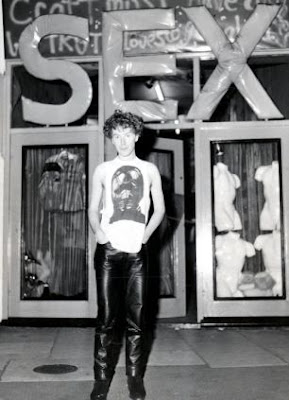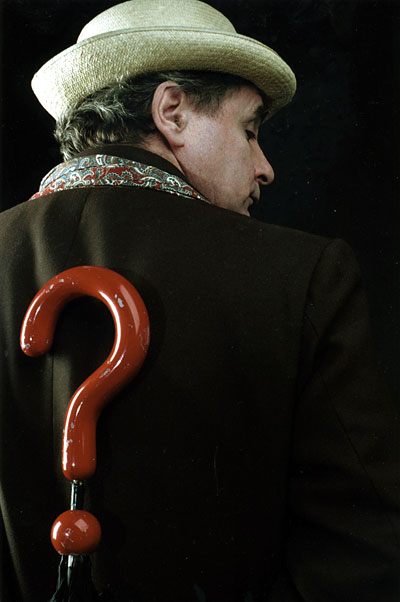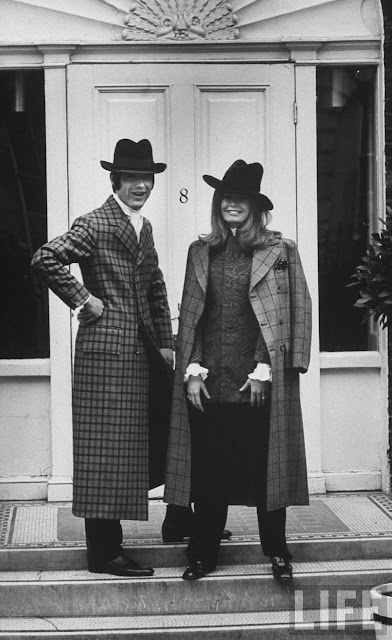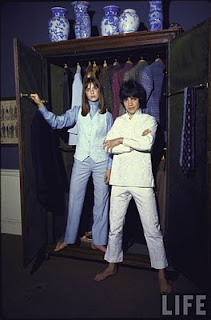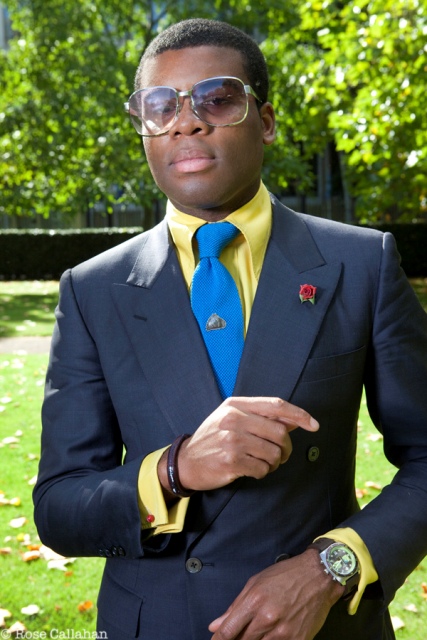In a 1990s issue of DC Comics' Supergirl written by Peter David, one character, anti- heroic demonic rogue Buzz, questions humanity's received wisdom of our own capacity for enlightenment, spiritual purity and self-glorification when we're essentially ridiculous beings lumbered with embarrassing functions such as ablutions. The gag's on us. I received quite an evocation of that insight when I first saw Richard Kalvar's Earthlings
Kalvar does not so much pose questions with his unposed photographs as he invites the viewer to complete the sentences - the necessary elucidation is entirely up to us. In a sense, his preference for titling his subjects "earthlings" is explication in itself. We have as much a clue of the workings of each scene as its participants; indeed, as its creator, purportedly, at least. Not all that we do is clarifiable; think of the discomfort of strangers at a random look cast askance by another and suddenly anything we do could be construed as downright weird. The absurdity of such happenings cannot be minimised
Kalvar does not so much pose questions with his unposed photographs as he invites the viewer to complete the sentences - the necessary elucidation is entirely up to us. In a sense, his preference for titling his subjects "earthlings" is explication in itself. We have as much a clue of the workings of each scene as its participants; indeed, as its creator, purportedly, at least. Not all that we do is clarifiable; think of the discomfort of strangers at a random look cast askance by another and suddenly anything we do could be construed as downright weird. The absurdity of such happenings cannot be minimised
Kalvar does not stray often from black and white, which fuels the intrinsic abstraction of his work. The images are not titled, rather filed by date and location. They are seemingly built around the disconnect that occurs when a moment is immortalised on camera, removing that moment from the flow of natural events in a freeze framed second. And it proposes a view of life in which all human activity can be thought of as opaque and unordinary and bizarrely comic given the right pair of eyes. Naturally, such views and practices resonate with me
I don't have to walk too far to cross the looking glass of the absurd these days - there are enough men and women here at all times of day openly pissing in the streets with the conspicuous abandon of the average 3am urbanite drunkard, enough people who are apparently disinterested in raping me yet will not take no for an answer if they believe that they can get something out of one of my pockets, enough transpicuous philandering that polygamy may as well be legalised for the non-nobles
It's not our fault; we were just made this way, no?
Richard Kalvar is represented by Magnum Photos. Interviews may be perused here and there. All material is copyright






